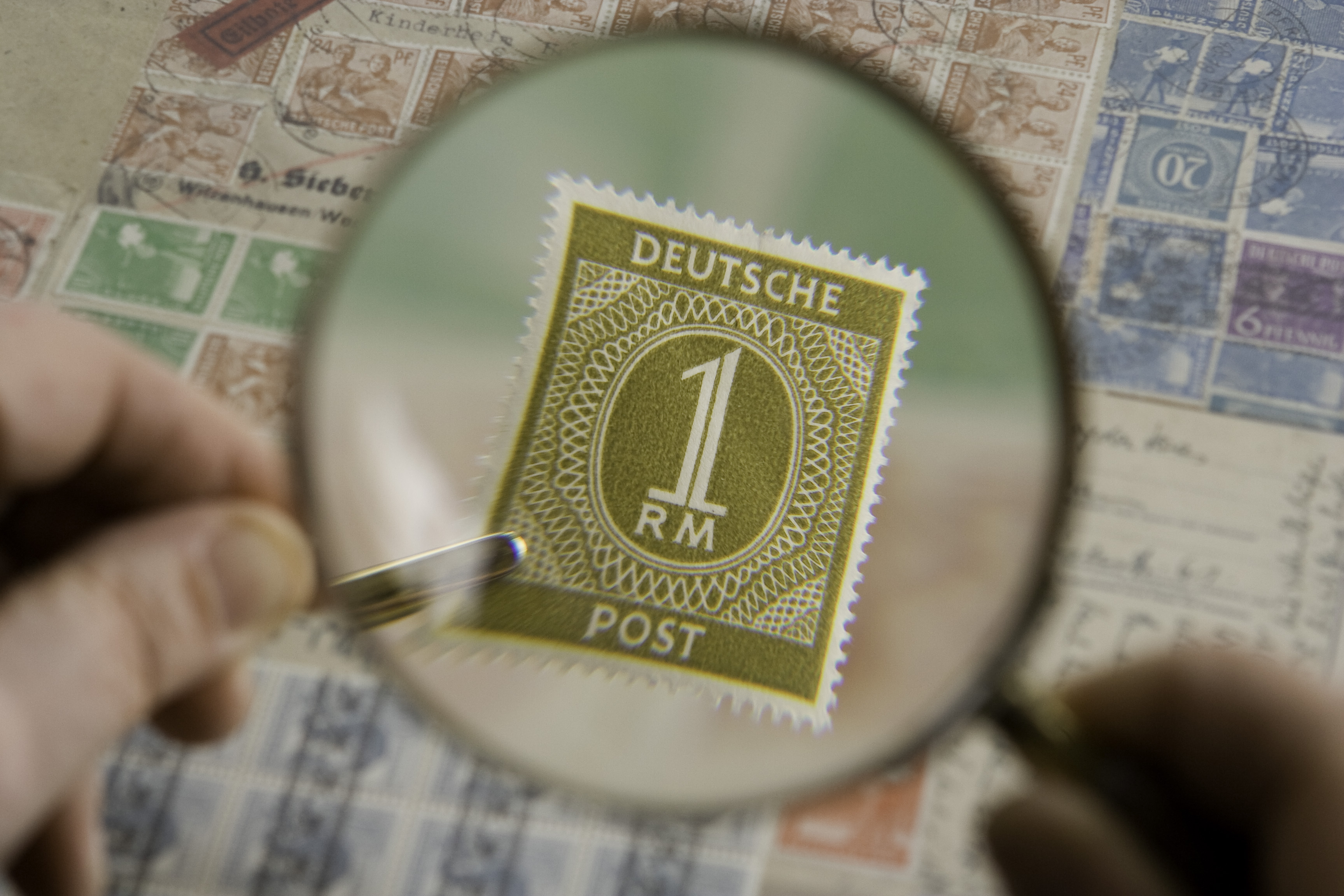Philately is the study of revenue and postage stamps which may include their design, production and uses after they are authorized for issue by postal authorities. Often it includes stamp collecting too.
Some philatelists may study rare stamps without trying to own their copies, for such stamps will be found only in museums. Also, they are very costly. The word ‘Philately’ comes from the French language. Coinage of the word has been attributed to Georges Herpin who introduced it in a publication in November 1864.
Philately owes its origin to the observation that though stamps may appear the same at first glance, a closer examination reveals variations like the use of different kinds of paper, different watermarks embedded in the paper, variations in color shades, etc.
ADVERTISEMENTS:
Stamps have even been forged over the years and some of them have proved almost indistinguishable from the original. Special stamps may be issued to commemorate specific events. Such stamps are usually limited editions.
Topical or thematic philately is the study of what is depicted on the stamps. For instance, birds, insects, faces of famous people, flowers, sports, maps etc., may be featured on various stamps. One interesting topic of study in this branch focuses on design mistakes like wrong pictures (for example, a US stamp meant to honor Bill Pickett), design alterations (e.g. the editing out of cigarettes from the pictures used for US stamps) and the accounts of how certain images came to be used on a particular stamp.
There are many amateur philatelists among us. They might be a brother, an uncle or a neighbor who collects stamps for the love of it. It is a serious hobby for some and they might even hold exhibitions of their prized collections. More men than women have been known to collect stamps.

